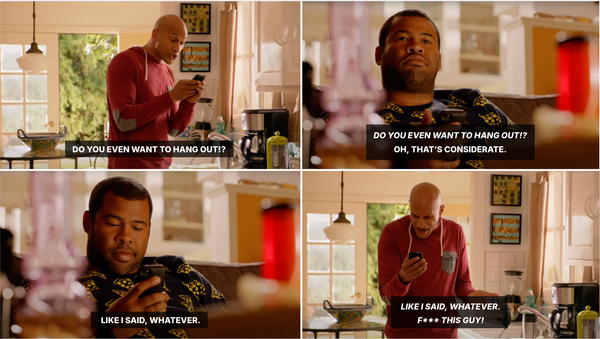“We hereby conduct this Post-Mortem” - Taylor Swift (and us)
Three tips to make Post-Mortems not the worst.

We’ve all seen the (three-hour) meeting invite: [Insert Project] Post-Mortem.
If you’re like most people, you immediately imagine an argumentative, combative and overall unproductive conversation. You may even feel some sense of dread around something that went wrong – maybe “your fault,” maybe not. Either way, the doom spiral can be real.

When you look at the literal translation – post death – it can seem dark. Surgical. Finite. Plus, we usually only see Post-Mortems come up when things go off the rails – over budget, past the deadline, team morale at an all-time low. Why wouldn’t you think this was going to be terrible?
But what if you didn’t associate Post-Mortems with only the bad? What if they could be an opportunity to learn in real-time and actually improve the quality of the work and the team’s overall performance?
Here are our top tips for how to ✨ re-brand the Post-Mortem ✨ – taking the good, leaving the bad and ultimately building a new behavior that will be a game changer for your teams.
1/ Invite the right people
Psychological safety is a prerequisite for effective post-mortems. There are many inputs to creating psychological safety on teams, but one cheat code is to not include anyone who would inherently prevent the group from speaking honestly due to their seniority or authority. Bosses, this isn’t the time for you to lead.
2/ Find the right prompt and use it early and often
Utilize structured retrospective techniques – don’t just wing it.
We love "What worked? Where did you get stuck? What might you do differently next time?" method, to guide the conversation and ensure you cover all the bases while staying clear of too much negativity bias.
Stinky Fish is another great way to surface and name elephant(s)-in-the-room before they have the chance to further derail things and get the group talking. Think of this as a great icebreaker before the technique above.
Some other great retrospective prompts and formats can be found in this article.
Reminder! Don’t just do this once, at the end of the project – retrospect at regular check points throughout the entire course of the project and incorporate them into your annual plans and rhythms.
3/ Don’t forget the follow-up
The only thing worse than sitting in a conference room and complaining for hours is when you realize that nothing changed from that conversation – and it feels like you are yelling into a void. You must put at least a few of the recommendations into practice. No excuses.
Next time you convene, revisit those plays and challenge if they worked, were they worth the effort or could they be pushed even further.
Try these out and watch how it transforms the culture of feedback and continuous learning on your team. Bonus points if you retrospect on your new retrospective practice!





